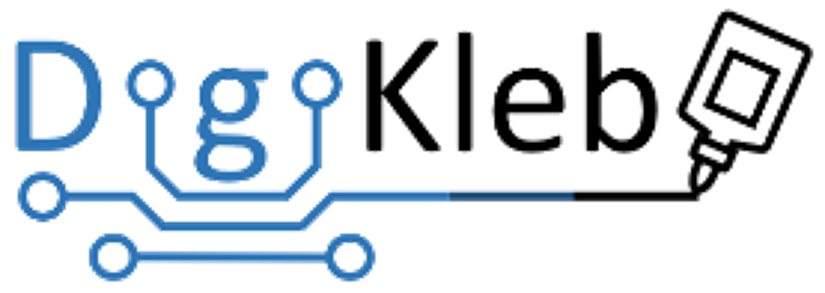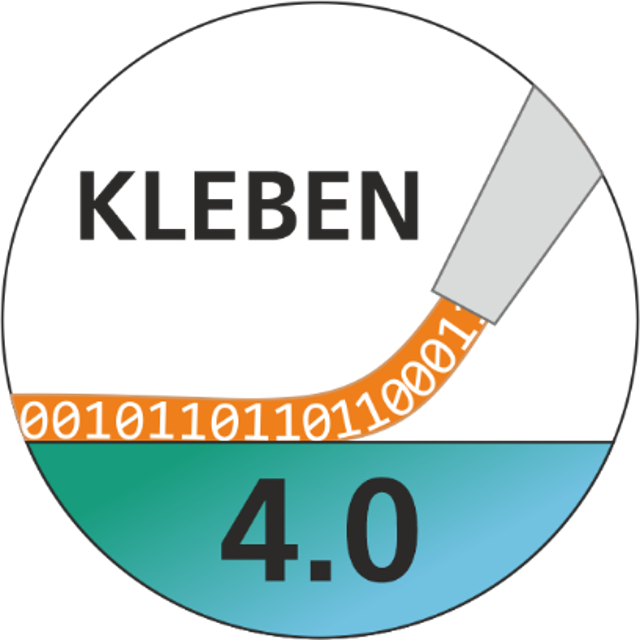This year's ‘Bremer Klebtage` were all about the anniversary ‘30 years of Kleben in Bremen.’ To mark the occasion, we invited Dr Holger Fricke, Head of the Adhesive Bonding Technology Production department at Fraunhofer IFAM, to give an interview. In our format ‘3 questions for...’ Dr Fricke gives an exciting insight into his presentation ‘Digitalisation of adhesive bonding technology’. He explains the central topics of his presentation, the importance of standardised communication protocols and the advantages of integrating OPC-UA into adhesive bonding technology. Dr Fricke will show how the Fraunhofer IFAM, together with partners from research and industry, is driving forward the digitalisation of adhesive bonding technology and which specific applications and projects have already been implemented.
3 Questions for... Dr Holger Fricke on the digitalisation of adhesive bonding technology
1. What exactly was your presentation at the ‘Bremer Klebtage’ about?
The digitalisation of industry is progressing unstoppably and rapidly. Industrial bonding is a joining technology that comprises several individual processes. In order to realise high quality bonding, these individual processes must be carefully coordinated. Bonding can only be successfully integrated into Industry 4.0 if it is captured holistically and digitally mapped.
2. Why is the standardisation of communication protocols in the field of adhesive bonding technology so important and what challenges do you see?
The industrial bonding process comprises a large number of devices and individual processes. It extends across several stations of the production line. Each device and each station can have its own proprietary interface. In the dialogue with each interface, parameters of the bonding process are named differently, may have different units or use different value ranges. Due to the confusion of languages, communication is complex to programme and very error-prone. Scarce specialist resources are wasted and the potential of Industry 4.0 is very difficult to realise. A standardised communication protocol for bonding therefore enables device and system manufacturers, automation specialists, integrators and production line operators to map all communication on the basis of a language with defined terms and grammar
3. What advantages does the integration of OPC UA in adhesive bonding technology offer and what specific applications already exist?
The OPC UA (Open Platform Communications Unified Architecture) communication protocol enables interoperability between different devices and systems. It is therefore a basis for the vertical and horizontal integration of technology in Industry 4.0. Specifications for the communication protocol, known as Companion Specifications (CS), have already been developed for various technologies. A preliminary stage of a CS for adhesive bonding was created in the Adhesive Bonding 4.0 project. It is already being used in several industrial companies and can be obtained from the website ‘kleben4punkt0.de’. In the DigiKleb project, the Fraunhofer IFAM in Bremen is using this protocol to leverage the benefits of digitalising adhesive bonding technology. Together with project partners from research and industry, digital shadows, digital masters, automated documentation of bonding processes, visualisation and evaluation of time series data, self-calibration of systems and service on demand for bonding technology are being researched and implemented in demonstrators. As part of the project, a Fraunhofer IFAM pilot plant in Bremen will be converted into a demonstration centre for the digitalisation of adhesive bonding technology by 2026 so that the technologies developed can be presented to a broad audience from industry and science.
Further information on the activities of Fraunhofer IFAM in the field of #bonding can be found here:


